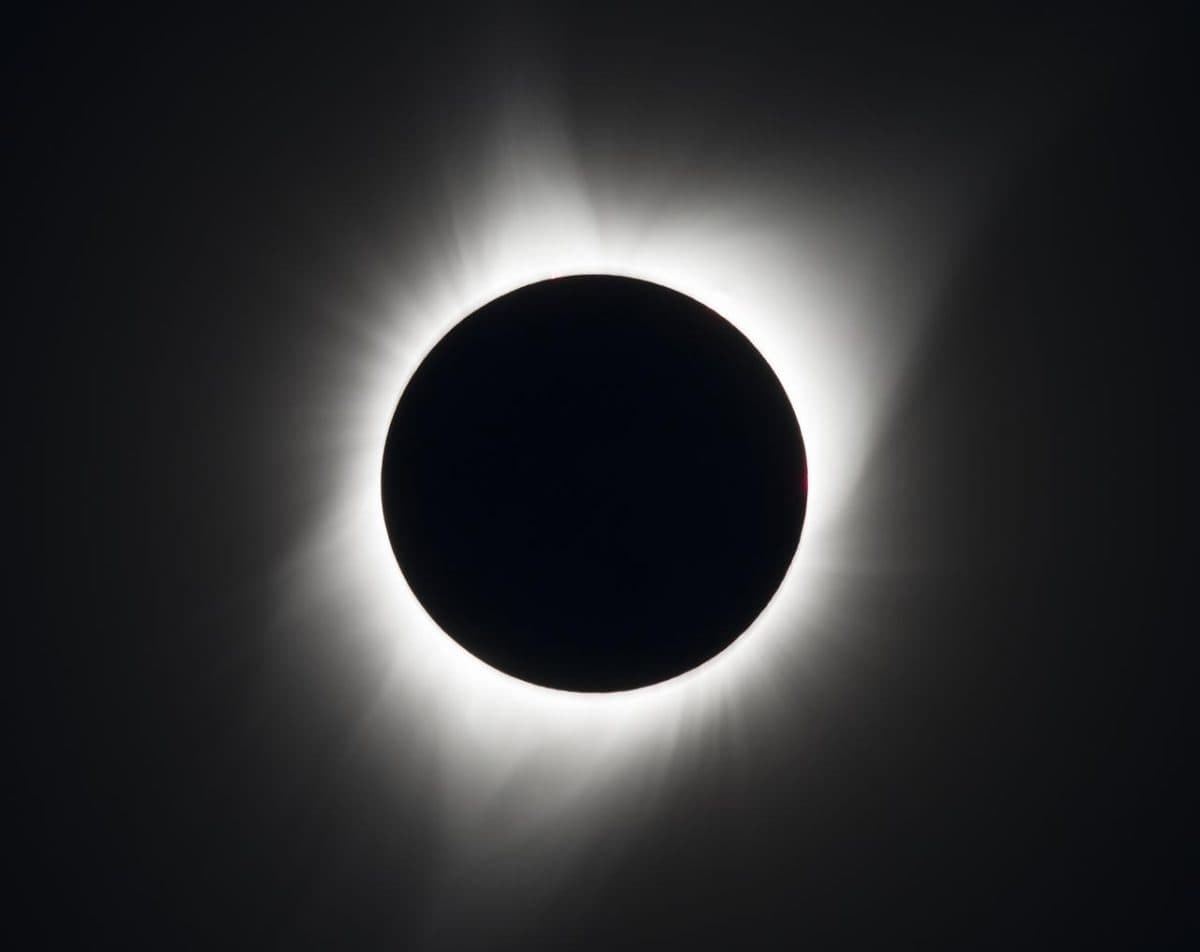What is a total solar eclipse?
A total solar eclipse will pass across North America on Monday. Although Alabama is not in the path of totality, Tuscaloosa will see a partial solar eclipse Monday afternoon.
This is the last total solar eclipse that a large swath of the continental U.S. will experience until 2045.
The last total solar eclipse that was viewable from the continental U.S. was in 2017, and the one prior to that occurred in 1979.
According to NASA, the totality period for the solar eclipse will last over four minutes. By contrast, the 2017 eclipse lasted under 3 minutes. This eclipse will have a higher chance of revealing streamers in the sun’s corona and pink prominences coming off the sun than the 2017 eclipse had.
Jeremy Bailin, an associate professor in the UA Department of Physics and Astronomy, explained in an email that a solar eclipse occurs when the moon blocks the sun’s light since it is between the Earth and the sun.
Bailin said that in a total solar eclipse, the three celestial bodies are lined up perfectly, which fully blocks the sun’s light.
In a lunar eclipse, by contrast, the Earth sits between the sun and the moon. The next lunar eclipse will occur on Sept. 18.
Where will the eclipse be visible?
Bailin added that the total eclipse’s path of totality, where the moon’s entire shadow can be viewed on Earth, will span a 100-mile-wide path from the Pacific Ocean to Mexico, and then from Texas to Maine. It will end its path in Canada and into the Atlantic Ocean.
Bailin wrote that spectators in Alabama will experience a partial solar eclipse. The partial solar eclipse will be visible in Tuscaloosa between 12:39 p.m. and 3:16 p.m., with a peak coverage of 86.6% coverage at 1:58 p.m., according to NASA’s interactive eclipse map.
“The next solar eclipse somewhere on Earth will be on Oct. 2 this year, but it will only be visible from South America,” Bailin wrote. “The next partial solar eclipse that will be visible from continental USA is on June 21, 2039, and the next total solar eclipse that will be visible from the continental USA will be August 12, 2045 — the path of totality in 2045 will cross southern Alabama!”
What happens during the eclipse?
Bailin wrote that it will get much darker during the eclipse, especially between 1:45 p.m. and 2:15 p.m.
He wrote that in a total solar eclipse, it looks as if there is a hole in the sky where the sun is supposed to be.
“It kind of feels like there are clouds blocking the Sun even when the sky is clear,” Bailin wrote.
How to safely view the eclipse
If there is no cloud coverage, Bailin explained, people can view the eclipse with eclipse glasses. Alternatively, viewers can find images of the Sun projected onto the ground through pinholes, such as those in paper or through closely packed leaves in trees.
“[Y]ou will see what looks like a crescent Sun, because the disk of the Moon will be in the way,” Bailin added.
Bailin wrote that even though the sun appears fainter during an eclipse, it is important to use eclipse glasses when viewing the eclipse to ensure that the sun’s harmful rays don’t damage viewers’ eyes.
Where to view the eclipse on campus
Alex House, UA assistant director of communications, said the Department of Physics and Astronomy will have an information booth on the southeast side of the Quad with free eclipse glasses from 1-3 p.m.
She said complimentary eclipse glasses will also be available outside Rodgers, Gorgas and Bruno libraries.
Elizabeth Riley, a sophomore majoring in physics, said she will be volunteering at the eclipse viewing on the Quad. She said she will be making a poster with fun facts about the eclipse.
Riley said there will be demonstrations that explain the science behind the eclipse, as well as the differences between a solar and lunar eclipse. She said she hopes to dispel myths surrounding solar eclipses.
Bailin wrote that a total solar eclipse is a completely different experience from a partial solar eclipse.
“Even if you aren’t able to make it to the path of totality for this eclipse, make sure to move heaven and Earth (so to speak) to be in the path of totality in 2045,” Bailin wrote.















